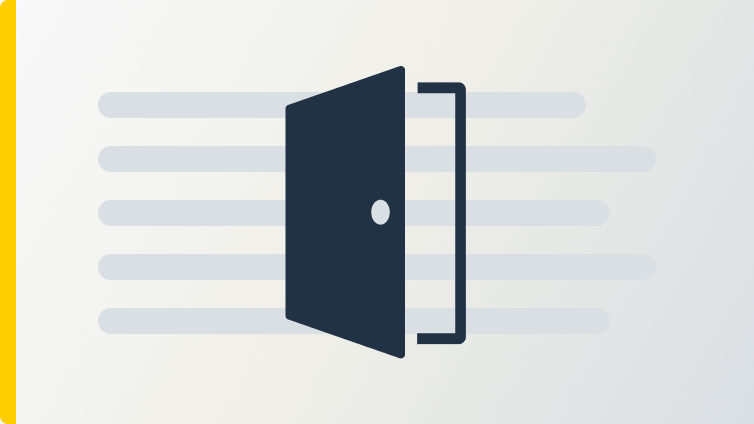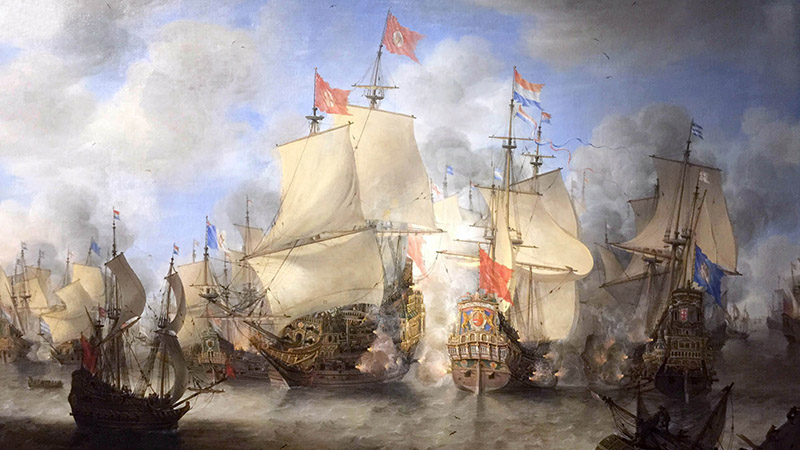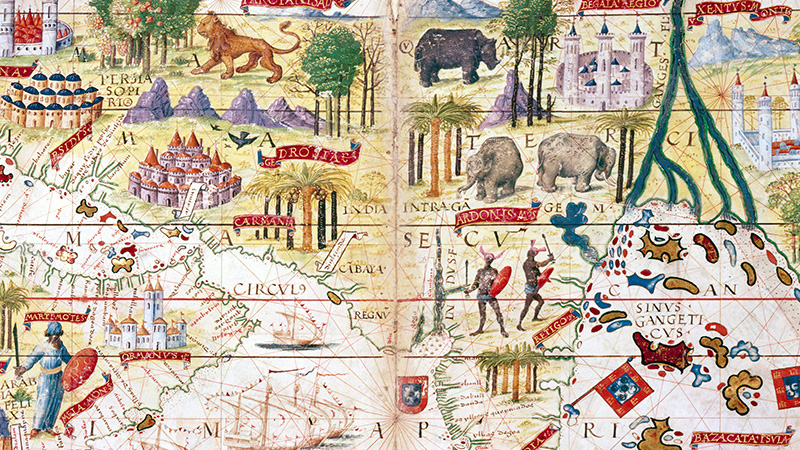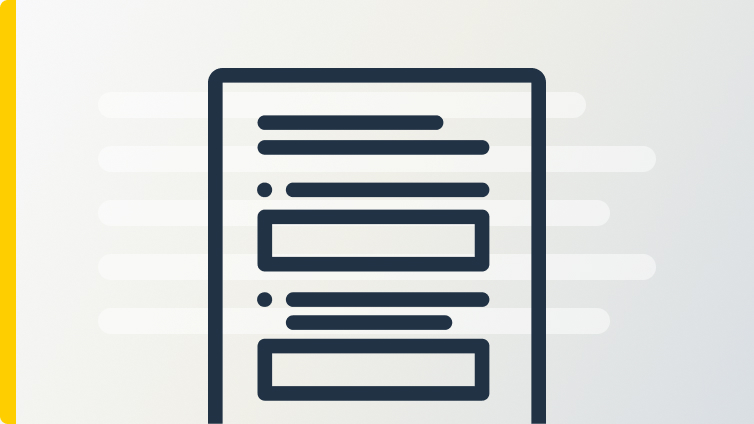Maritime Empires Established
Teacher Resources
Driving Question: Why and how did European empires expand their territorial holdings in the Americas, Asia, and Africa from c. 1450 to 1750 CE?
Although European mariners traveled by sea to the Americas beginning in the late fifteenth century, it wasn’t long after that their initially small colonies expanded into maritime empires. In this lesson, we will explore the beginnings of these European empires that cemented transoceanic connections, and the impacts they had on social structures across the world.
Learning Objectives
- Explain the process of state building and expansion among various empires and states in the period from 1450 to 1750.
- Explain the continuities and changes in economic systems and labor systems of these empires from 1450 to 1750.
- Explain changes and continuities in systems of slavery from 1450 to 1750.
- Use graphic biographies as microhistories to support, extend, or challenge the overarching narratives from this region.
- Evaluate the changes and continuities to economic and labor systems as new transoceanic empires expanded, and the strategies maritime empires used to maintain their power.
- Assess how systems of slavery changed as European maritime empires expanded.
Vocab Terms:
- commercial
- cosmopolitan
- enslavement
- indigenous
- joint-stock company
- maritime
- plantation system
Opener: Maritime Empires Established
To teach this lesson step, refer to page 3 of the Lesson 4.4 Teaching Guide.
Our Openers and Closers Guide is packed with tips for making the most of these short but powerful lesson bookends.
What pushed Europeans to explore, and how did they keep their grip on faraway lands?
Oceanic Empires
To teach this lesson step, refer to page 3 of the Lesson 4.4 Teaching Guide.
This lesson has plenty of reading, and it’s tempting to rush—but as our AP teachers say in the Community Forum, Don’t Sleep on the Articles!
How did European maritime empires transform the world from 1450 to 1750? While these new empires were similar to land-based empires in many ways, maritime empires experienced a unique set of challenges and developed new technologies to overcome them.
-
Guiding Questions
-
Before you read
Preview the questions below, and then skim the article. Be sure to look at the section headings and any images.
While you read
Look for answers to these questions:
- What fifteenth-century changes led to the sustained interconnection of Europe, Africa, and Asia?
- What regions were under the control of the Portuguese and Spanish in the sixteenth century?
- How did states in Africa and Asia respond to Portuguese attempts to control trade?
- What was the significance of “private actors” in imperial expansion, and how did these actors change in the seventeenth century?
- What were some of the main reasons for the imperial maritime expansions in this period?
After you read
Respond to these questions:
- How does this article explain the process of state building and expansion among various empires and states in the period from 1450 to 1750?
- Consider the expansion of European-based empires described in this article as part of the state-building process. How did this expansion differ from other examples of state-building that you have encountered in different regions and different periods? How did the empires examined in this article differ, and how were they similar?
The Cosmopolitan Indian Ocean
To teach this lesson step, refer to page 5 of the Lesson 4.4 Teaching Guide.
While much attention was given to Atlantic trade routes, the Indian Ocean was thriving as a multi-layered and prosperous region.
-
Guiding Questions
-
Before you read
Preview the questions below, and then skim the article. Be sure to look at the section headings and any images.
While you read
Look for answers to these questions:
- What was the immediate impact of Europeans arriving in the Indian Ocean?
- How did the rulers of Indian Ocean states view the arrival of the Portuguese?
- Why does the article refer to the Indian Ocean as “cosmopolitan”?
- Why were diaspora communities important to the Indian Ocean world?
- What role did the Armenian diaspora have in extending the influence of European empires in the Indian Ocean?
After you read
Respond to these questions:
- To what extent does this article describe the role of states in the expansion of maritime exploration from 1450 to 1750? Support your answer with evidence from the article.
- This article focuses on how the Indian Ocean system gradually changed after new connections were made with Europe. How do you think Europe changed because of these new connections? What evidence does this article provide, and what further evidence would you need to more fully answer this question?
Making Transoceanic Connections
Look back on all you’ve learned in this unit by reviewing and connecting important vocabulary.
European Colonies in the Americas
To teach this lesson step, refer to page 6 of the Lesson 4.4 Teaching Guide.
The Spanish and the Portuguese led early colonialism in the Americas; but they were not the only ones to come to this “New World”.
-
Guiding Questions
-
Before you read
Preview the questions below, and then skim the article. Be sure to look at the section headings and any images.
While you read
Look for answers to these questions:
- What two European powers were most important in the early colonization of the Americas in the late 1400s and 1500s? What was their relationship as they expanded into the Americas?
- What industries first developed in the Spanish colonies of New Spain and Peru?
- What were the different labor systems put in place by the Spanish, and how were they structured?
- What were the two so-called “republics” in the Spanish colonies? Who was included within each of these groups?
- How did the Spanish advisers attempt to influence and control the Spanish viceroyalties?
- What empires followed Spain and Portugal in the colonization of the Americas, and in what ways did they differ?
After you read
Respond to these questions:
- To what extent does this article explain how political, economic, and cultural factors affected colonial American society from 1450 to 1750?
- What evidence does this article contribute to your understanding of how societies in Europe, the Americas, and Africa changed in this period?
Curating the Past
Curating historical exhibits can be challenging. How do you honor the individuals and provide historical context to educate viewers?
The Transatlantic Slave Trade
To teach this lesson step, refer to page 7 of the Lesson 4.4 Teaching Guide.
This overview of the event known as the transatlantic slave trade shows a major economic development depended on the horrific treatment of enslaved humans. The violence and scale of the transatlantic slave trade seems to exceed any other known instance of slavery in history.
-
Guiding Questions
-
Before you read
Preview the questions below, and then skim the article. Be sure to look at the section headings and any images.
While you read
Look for answers to these questions:
- What was the status of enslaved people in some parts of Africa prior to the involvement of the Europeans?
- What was the status of enslaved people in the medieval Muslim world?
- In what context did Europeans start the transatlantic slave trade?
- What are two examples of how the transatlantic slave trade led to an increase in wars in Africa?
- What goods moved across the Atlantic in the triangular trade?
- Why was the Middle Passage particularly brutal for the enslaved?
After you read
Respond to these questions:
- What evidence does this article provide to explain the continuities and changes in systems of slavery from 1450 to 1750?
- What is slavery? Given the range of types of slavery in different societies discussed in this article, is it useful to use the same term for all these different kinds of status? Why or why not?
- How does the transatlantic slave trade represent continuity with earlier eras? How does it represent something new in this era?
Graphic Biography: Amonute
To teach this lesson step, refer to page 8 of the Lesson 4.4 Teaching Guide.
Adding Amonute’s story brings new depth to teaching about Columbus. Explore more in our blog post Indigenous Peoples’ Day: Flipping the script on Columbus.
The real-life Pocahontas was a Powhatan woman named Amonute, daughter of the powerful ruler Wahunsenacah. As a young woman, she acted as an interpreter between her people and the settlers and delivered gifts of food to the English, as well. However, many of the facts of this story are disputed.
-
Guiding Questions
-
Before you read
Skim the full comic, paying attention to things like prominent colors, shapes, and types of text and fonts. How do you know where to start and which direction to read? What’s in the gutters (the space between panels)? Who is the focus of the comic? What big questions do you have?
While you read
Look for answers to these questions:
- Who was Amonute?
- How did Amonute become important to the English settlers in Virginia? What are the key elements of the story John Smith told about her?
- How does Karen Ordahl Kupperman evaluate John Smith’s story of Amonute?
- What are the key arguments made by the oral historians of the Mattaponi people, as presented in this biography?
- What are some doubts raised about the oral tradition version of events by anthropologists like Helen Roundtree?
- How does the artist use art and design to show that there are different stories about Amonute?
After you read
Respond to the following questions:
- Use evidence from this graphic biography to describe the effects of expanding empires from 1450 to 1750.
- Which version of Amonute’s relationship with the English settlers do you think is more likely to be accurate? Why?
- How does this biography of Amonute support, extend, or challenge what you have learned about European relations with people of the Americas in this period?
Closer: Maritime Empires Established
To teach this lesson step, refer to page 10 of the Lesson 4.4 Teaching Guide.
Do your students need a quick refresher on tackling SAQs? Revisit the SAQ Practice: Introduction activity for some practical ideas.
Short Answer Questions will be done in short order using the tips and techniques provided to you in this SAQ activity!
The Omani Empire
To teach this lesson step, refer to page 12 of the Lesson 4.4 Teaching Guide.
What makes an empire an empire? Must it be land-based? Or can it be maritime-centered? These are the questions you will ponder as you study the Omani Empire, which you will find doesn’t fit neatly into our standard ideas of Asian or European empires.
-
Guiding Questions
-
Before you watch
Preview the questions below, and then review the transcript.
While you watch
Look for answers to these questions.
- What makes the Omani Empire different from other Islamic empires?
- What areas did the Omani Empire cover at its peak?
- How did the Omani Empire come to be an empire?
- What are two key differences between the Omani Empire and most other empires?
- How did the Omani Empire change East Africa in the long term?
- What lasting impact did the Omani Empire have on Oman today?
- According to Kamala Russell, what makes the Omani Empire interesting from the perspective of global history?
After you watch
Respond to the following questions:
- Do you think the Omani Empire was actually an empire? Why or why not?









